Top 22 things to see and do in the West Fjords


West Fjords are a stunning, remote part of Iceland. The mountains are high and steep, and the roads are narrow. This is the place to go if you want to explore Iceland undisturbed. The area is so vast even though there are some people in your way, you can easily escape them.
The scenery in the West Fjords is like nothing else. The roads lead you up and down high mountains, and most of them are rather narrow gravel roads. The view is amazing in so many places. You can easily find piles of snow in the mountains in June, and there are small rivers and beautiful waterfall in many places, many of them not even marked in any guide book. It’s also the area that holds the biggest number of natural geothermal pools in Iceland. Many of them only locals know about, so don’t be afraid to ask around.
This is an area easy to get lost in, and spend days exploring. Here’s a list of 20 things to see and do in the West Fjords.
1. Ísafjörður
Ísafjörður is the capital of the West Fjords, rammed in by high mountains and beautiful nature. It’s also popular destination for skiing holidays in winters. Ísafjörður is an old trading post which was built up further around salt fish production in the 19th century. Fisheries are still an important part of this lively town, which is still delightfully small and intimate for its grand title.
2. Hornstrandir
Hornstrandir are the northernmost part of the West Fjords, one of the worst accessible parts of Iceland. The area was deserted in 1950’s and today it’s popular to take hiking trips through the awesome mountains, surrounded by nothing other than nature.
3. Hesteyri
Sailing and hiking around Hornstrandir is quite a package. For an easier version you can sail to Jökulfirðir, across from the fjord from Ísafjörður. Like Hornstrandir, this area was deserted decades ago, but in the former town Hesteyri there’s a guesthouse in summer and a camping area. You can either take short hikes from there, or start a longer hike, over to Hornstrandir.
Hesteyri is the location of Yrsa Sigurðardóttir’s Nordic Noir
I Remember You
. If you want to be a bit scared while enjoying nature, reading the book beforehand or taking it with you is a good idea.
Most of the houses, or what remains of them, at Hesteyri are deserted. Except some summer houses and a guesthouse only in use in summer.
4. Bolafjall
Bolungarvík is a small town north west of Ísafjörður. It’s a charming fishing village with Bolafjall mountain looming over it. There’s a road that leads up the mountain, up to a radar station located on the top. The road very steep and only opens for motor vehicles in July, and is open the rest of summer. You can also hike up the mountain. The view from the top is amazing, over the surrounding fjords and mountains. Some say you can even see Greenland on a clear day.
5. Vigur island
Whether you take the boat from Ísafjörður to Vigur island, or from Brjánslækur to Flatey island. An island visit is great to get a glimpse of the stunning mountains of the West Fjords from Sea.
6. Flateyri and Súðavík
Flateyri and Súðavík are both beautiful, small, villages in the Westfjords. Both of them are known for avalanches hitting them in the past, some of the biggest natural disasters in recent decades in Iceland. There are now barriers above both town to ward off any future avalanches.
In recent years Flateyri has become particularly hip, and many hipster Icelanders have summer houses in town. There are less than 200 people that live there and over 10 nationalities.
Flateyri has over the last years become a holiday destination of Icelandic hipsters. Photo: Iceland Monitor/Ómar Óskarsson
7. Sail around
There are many companies in different towns in the West Fjords that offer sailing tours. Whether you want to go on a kayak or with a local fisherman on his boat he normally uses for fishing, and perhaps try your hand with a fishing rod. It’s a great way to get to know the culture of the area which relies heavily on fisheries, and to see the scenery from another view.
8. Valagil ravine
Valagilis a narrow ravine with a high waterfall running through it. A gorgeous stop and far from being the most populated one.
11. Þingeyri for a Viking experience
Þingeyri is a tiny fishing village. Tiny even on Icelandic standards. There you can go sailing on an old fashion Viking boat.
10. The Icelandic Sea Monster Museum
The Icelandic nation is a nation of sailors. Or used to be. It was for centuries one of the most important industries in the country. It isn’t surprising that stories of woes at sea were a big part of Iceland’s folklore. At the Icelandic Sea Monster Museum you can get to know all the monsters that threatened Icelandic sailors in the past.
There are a lot of monsters in the sea around Iceland, according to folklore. Photo: Icelandic Sea Monster Museum
11. Samúel Jónsson’s Art Museum
Selárdalur valley is the former home of Samúel Jónsson. His sculptures still decorate the place, they are naïve, simple and there are plenty of them. His home and his sculptures were rapidly decaying until German artist Gerhard König gathered volunteers to restore them in 1998. The project is still ongoing.
12. Dynjandi waterfall
Perhaps the most picturesque waterfall in all Iceland.
13. Látrabjarg cliff
Látrabjarg is perhaps the most famous cliff in Iceland. It’s the westernmost part of the island and stands tall and steep. It is a 14 km long line of cliffs, 440 m high. There are plenty of birds (puffins in particular) there with no natural enemy so they are fearless, and very easy to capture stunning photographs of them. The road to Látrabjarg is not the best but you can drive all the way.
Látrabjarg is the home of an astounding amount of puffins and other sea birds. Photo: Iceland Monitor/Árni Sæberg
14. Rauðisandur beach
Rauðisandur is a long white/red beach in the south of the West Fjords. Somehow it seems to change colours depending on the sun. It has been popular are for Icelanders to visit over the years. Perhaps because it’s one of the few places you can find white sand in Iceland.
15. Vatnsfjörður
A large nature reserve known for its connection to the Icelandic sagas, and natural geothermal pools in the cliffs by the sea.
16. Birds and seaweed at Reykhólar
There are few places with as diverse birdlife in Iceland as in Reykhólar, surrounded by everything from moorlands, cliffs and small islands in the sea.
There’s a company in the village that harvests seaweed from the beach, and processes it using local geothermal power. The seaweed is used for cooking in many fine dining restaurants, or as a snack available in most supermarkets.
The same company offers special seaweed baths, which are supposedly very good for the skin.
Reykhólar is a great destination for those interested in exploring Icelandic bird life. Photo: Iceland Monitor/Ómar Óskarsson
17. Flatey island
You can easily skip driving through Borgarfjörður and take the ferry from Brjánslækur in the West Fjords to Stykkishólmur in the Snæfellsnes peninsula instead. On the way the boat stops at Flatey island, located midway between the two. One of the biggest islands of the bay, and the only one that is still inhabited (though mostly in summer). The island is very flat (the island’s name literally means Flat Island).
Strandir
Strandir are the East part of the West Fjords. There you can find some of the most remote human habitation in Iceland and centuries back the people from Strandir were known for twitchcraft.
There are two small towns there, but mostly there is just nature. Birds, some foxes, local farmer’s domestic animals, and above all, silence.
18. Enjoy nature
It’s hard to list beautiful places in Strandir. There are high mountains on one hand and the sea on the other. There are waterfalls, high cliffs, driftwood on the beach. There aren’t a lot of people there, which makes enjoying nature there even more special.
19. Hot tubs on the beach at Drangsnes
Drangsnes is a beautiful little village. The most amazing attraction are the hot tubs on the beach, the water comes straight from a geothermal source nearby.
There are just over 100 people living in Drangsnes. Photo: Iceland Monitor/Golli / Kjartan Þorbjörnsson
20. Krossneslaug
Krossneslaug is a swimming pool on the beach north of Norðurfjörður, pretty much as remote as it gets. Even on Strandir’s standard. The view is beautiful and it feels like you are swimming in the ocean… it’s just a lot warmer!
It feels like swimming in the ocean, except it's warm! Photo: Iceland Monitor/Birkir Fanndal Haraldsson
21. The Museum of Icelandic Sorcery and Witchcraft
Galdrasafnið, The Museum of Icelandic Sorcery and Witchcraft is at Hólmavík, the biggest town in Strandir. It is peculiar in many ways, but very interesting. There you can find more about magical runes, and about Icelander’s at times twisted ways to use sorcery in the past. A part of the museum is further north, in Bjarnafjörður. It’s called Kotbýli kuklararns and is only open in summer. There you can visit an Icelandic sorcerer.
22. Djúpavík
In 1935 the biggest building in Iceland rose in Djúpavík, a factory to process herring. It was closed in 1954 and not long after the town of Djúpavík was deserted.
Today there are a few houses there, a hotel and the abandoned factory, which you can visit for a glimpse into the past. The days when industry bloomed in the area. There is not much there, aside from this. Which is exactly what makes it so amazing.
Keep in mind that much of the land is owned by some farmer or other. If you want to hike up a mountain or go down to the beach, the polite thing to do is to stop by a farm (if you see one), and ask for permission. Locals will appreciate you asking and almost always say yes, unless they’ll have a particularly aggressive ram or cow stowed up in a field in your way.



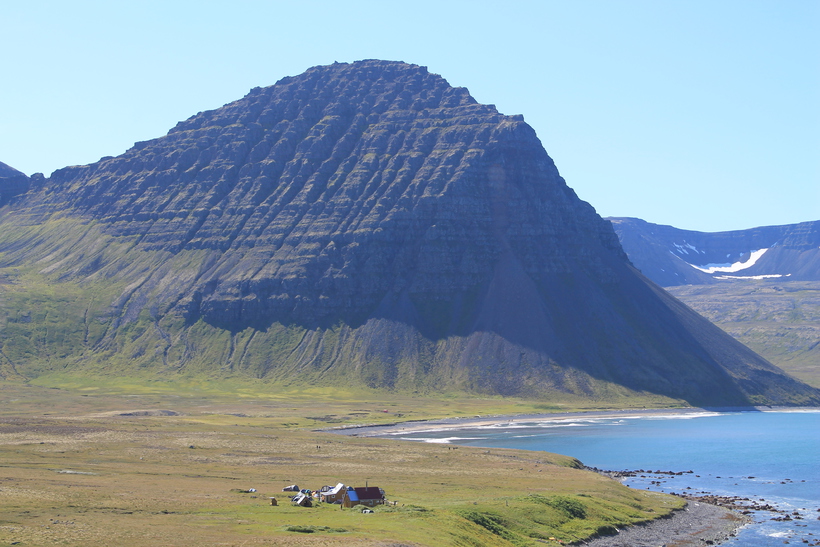
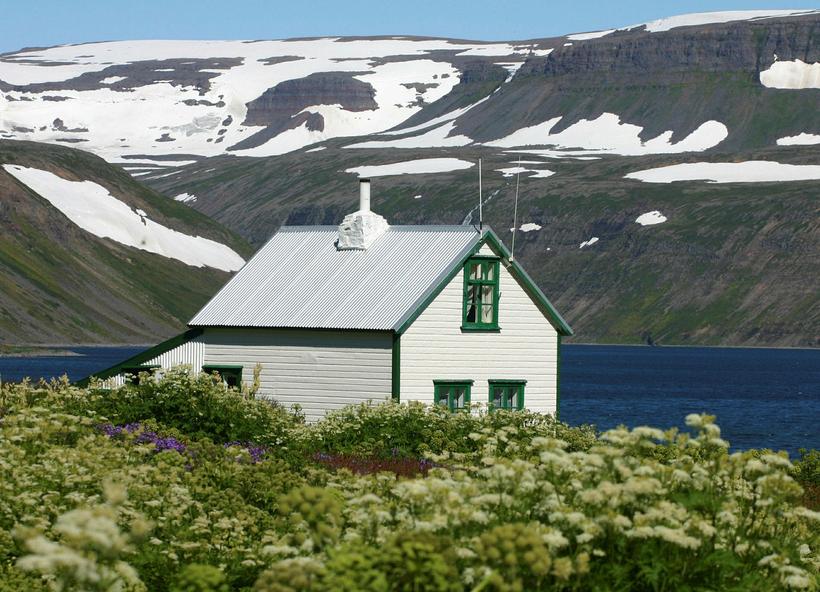

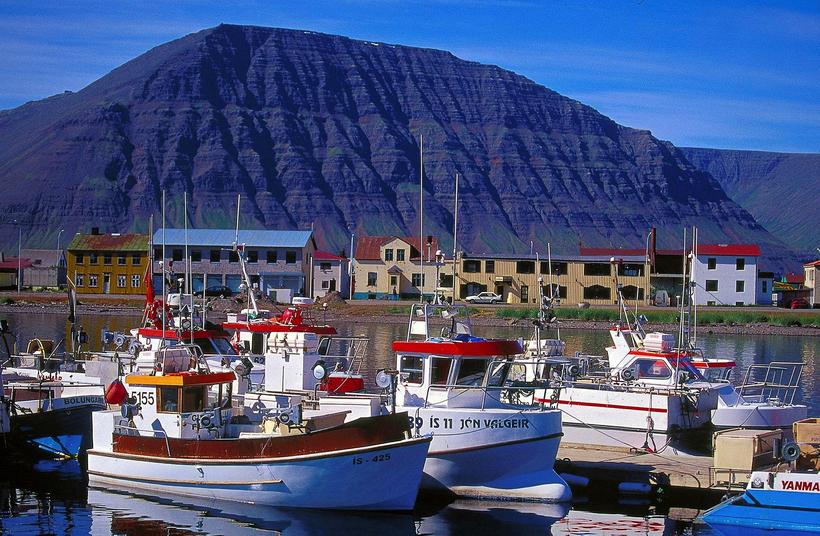
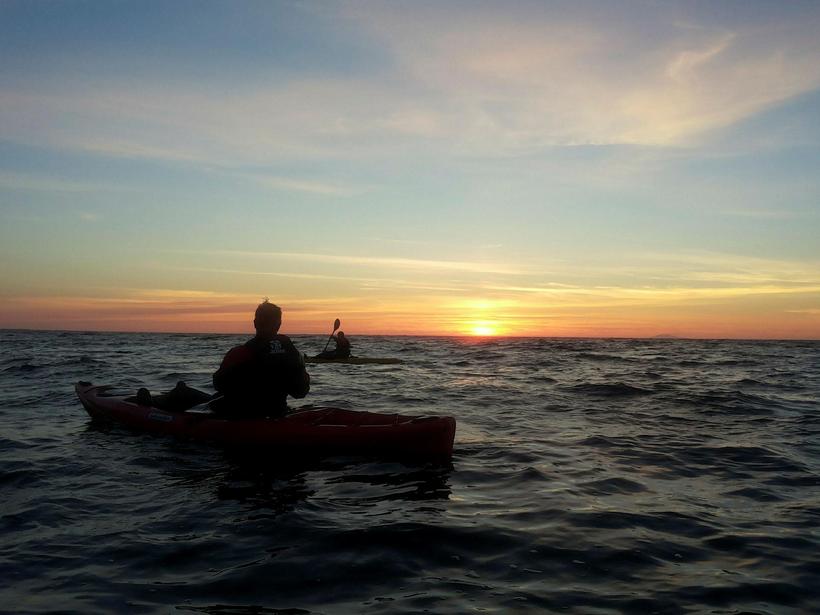
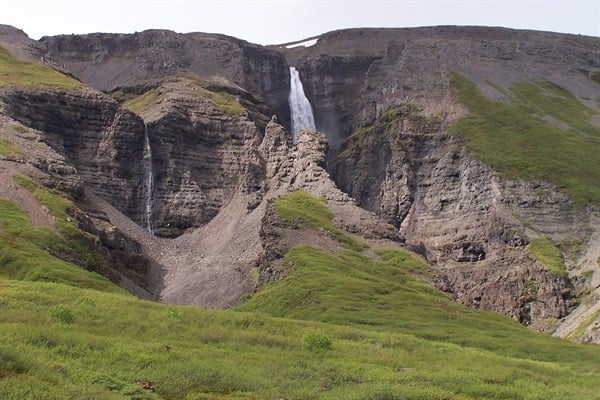
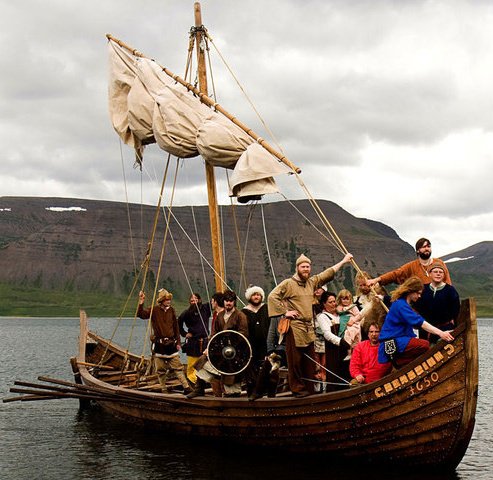
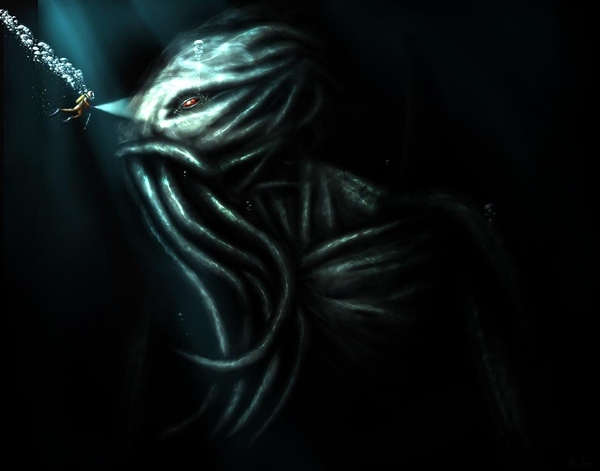


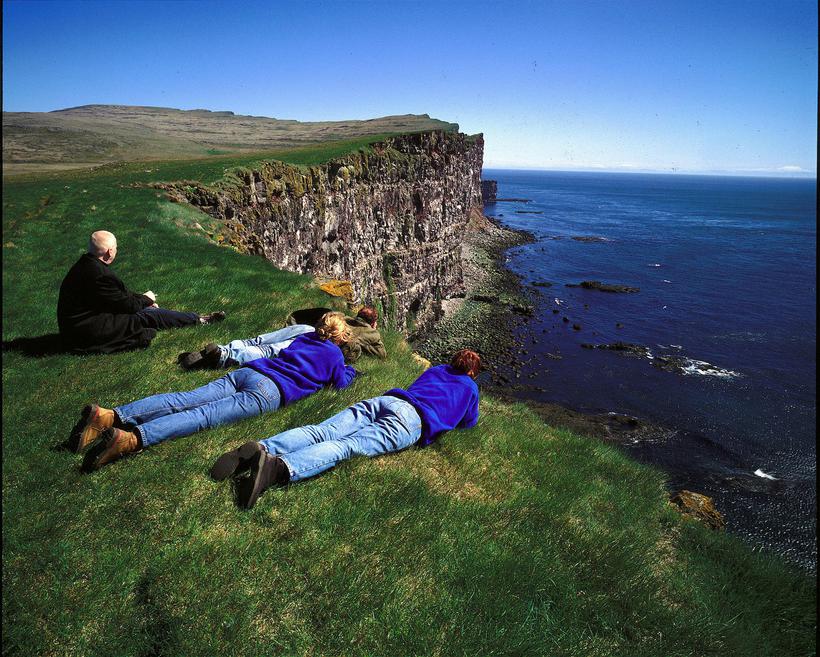
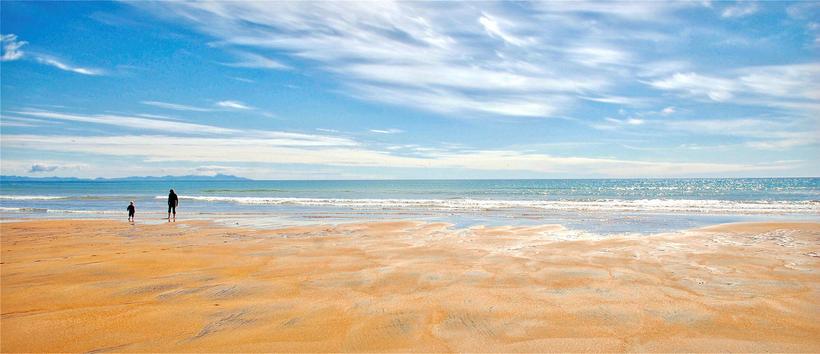
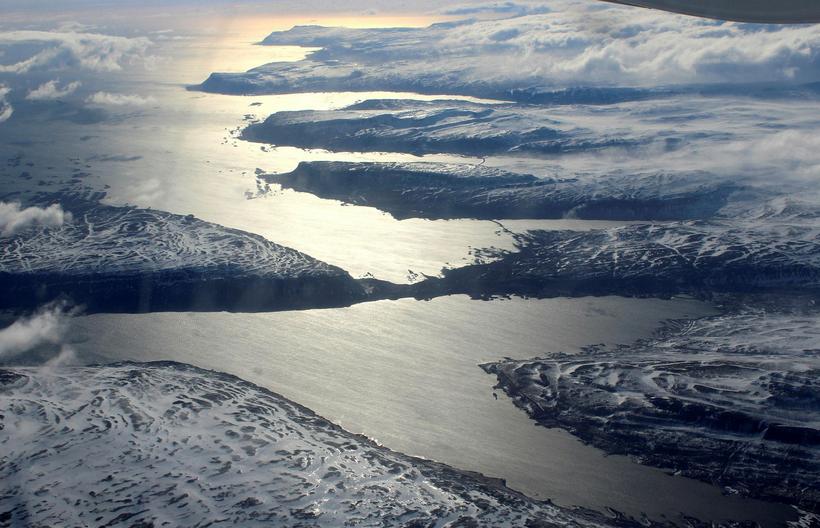
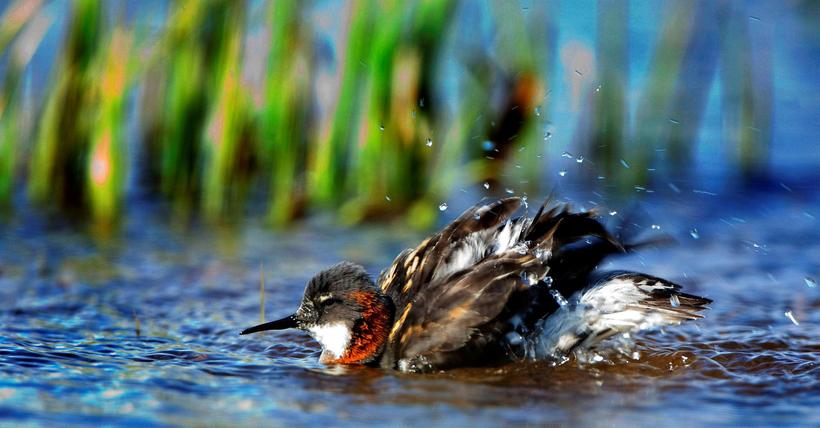

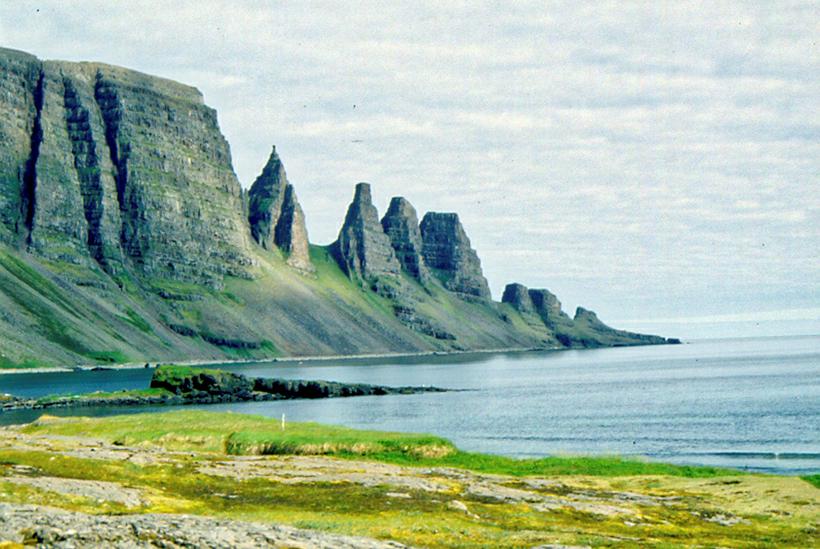
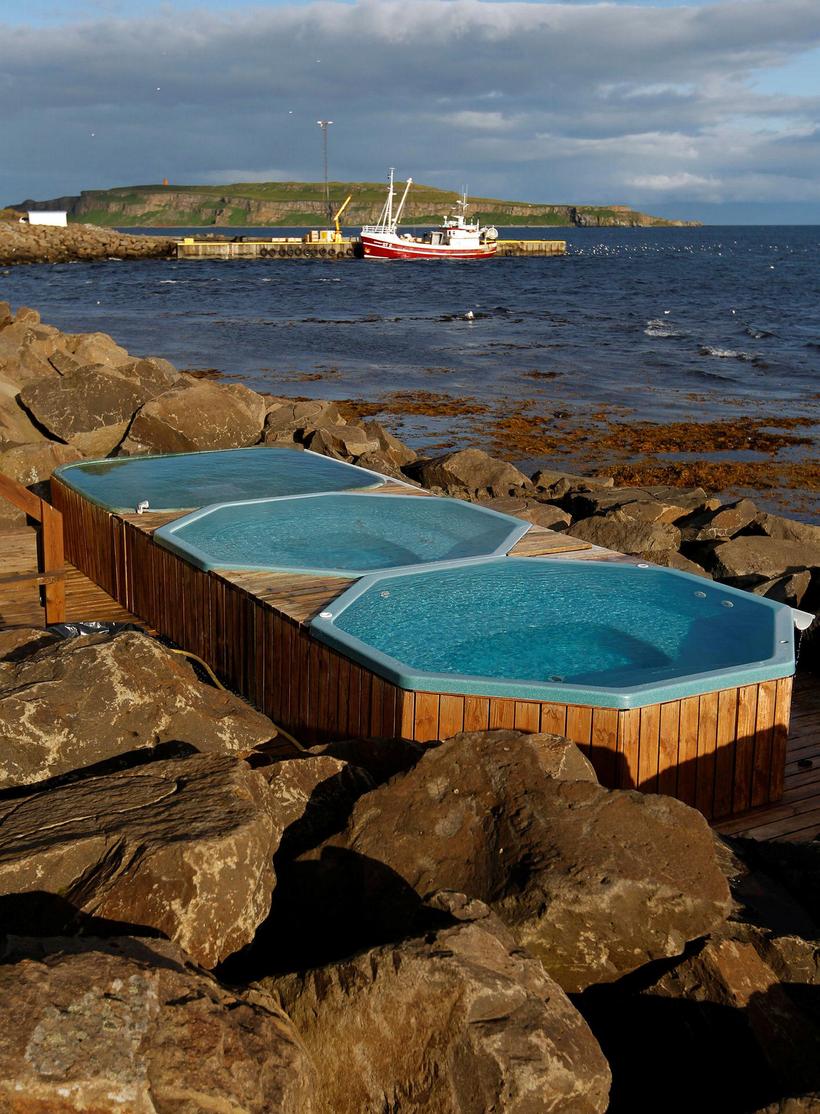
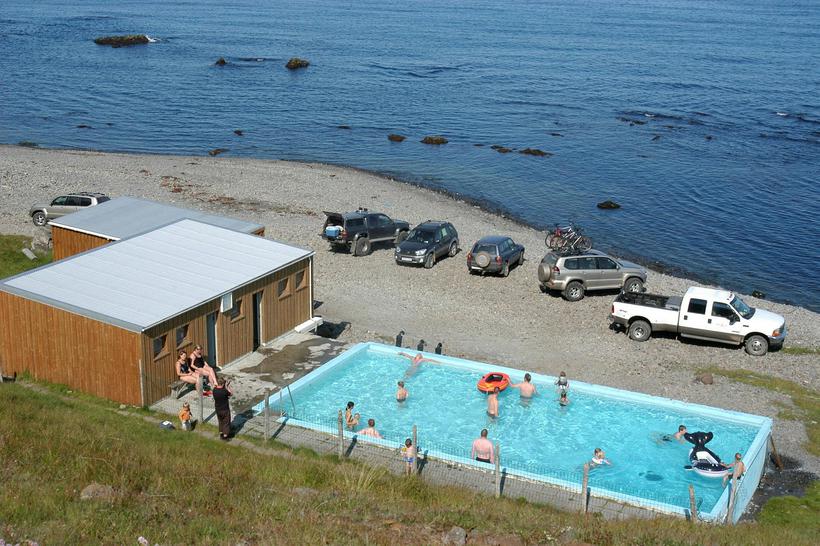
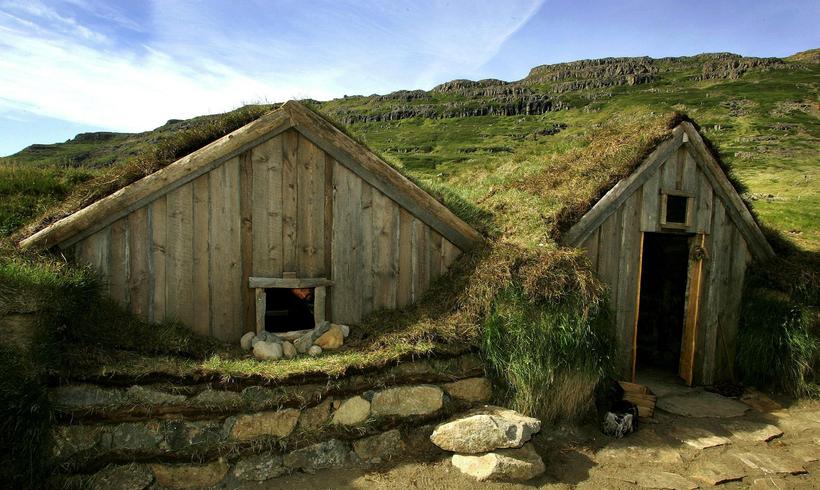
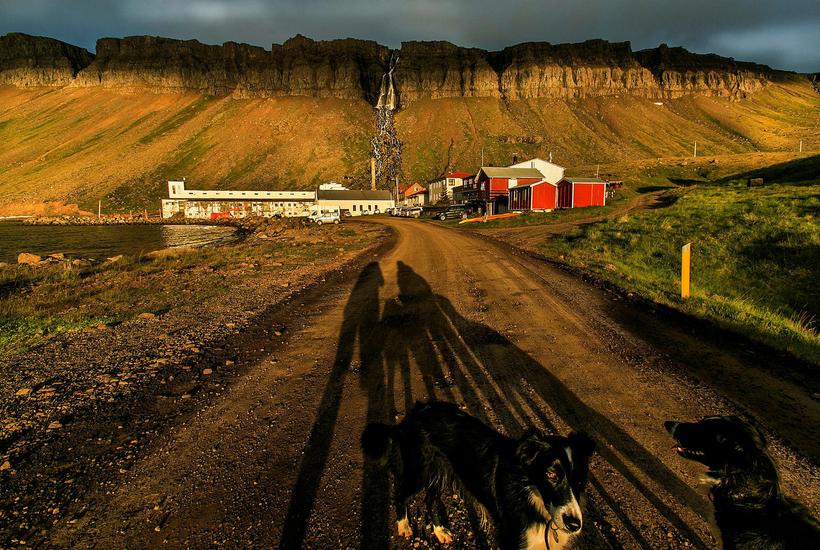
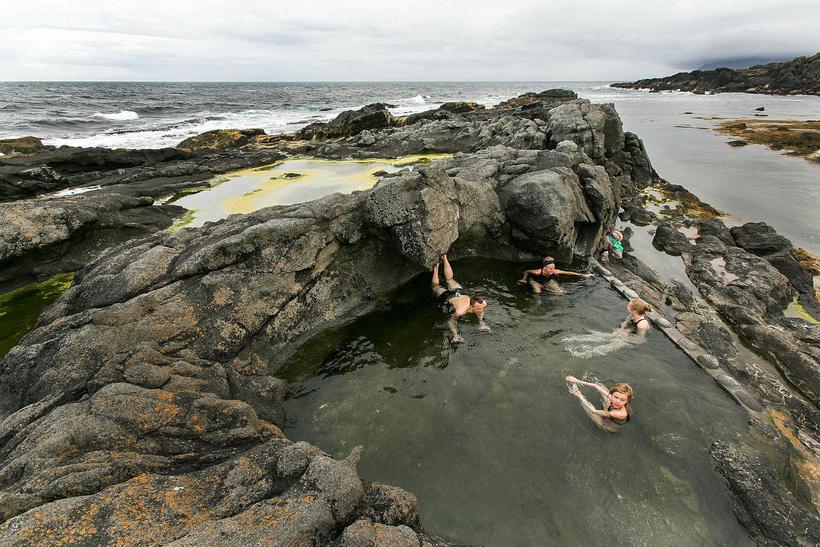




/frimg/1/48/1/1480176.jpg)

